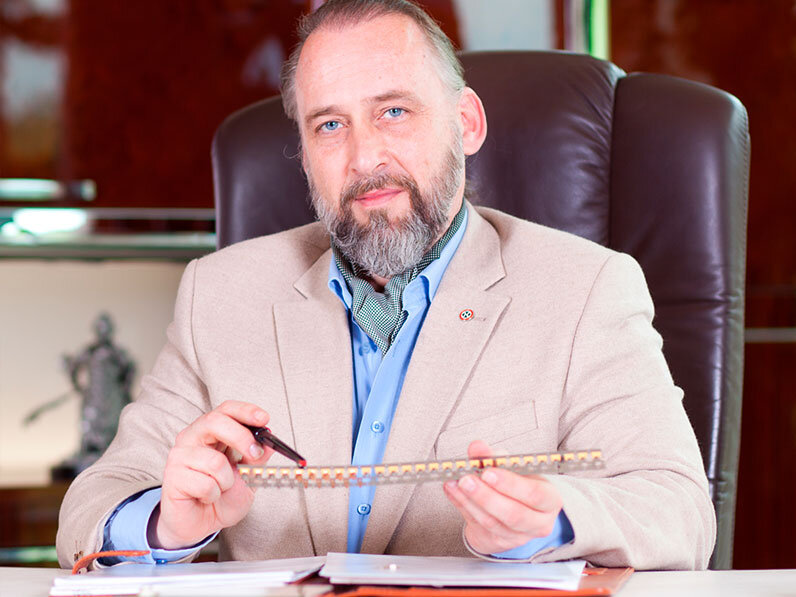Strong Development Department
A clever mix of foundational research and customer-specific development constitutes the basis of this. This interaction is coordinated by the Research and Development department, which employs a staff of more than 10. Electrical engineers, mechatronics engineers, electronics engineers, draftsmen, tool makers and mechanical engineers work together on new solutions. “In our industry we have by far the largest Development department”, CEO Hofsaess reports. The foundational researchers at his company are continuously working on the improvement of the existing systems, independent of specific customer orders. This creates a basis which enables the highly efficient development of specific products.
